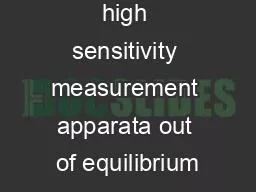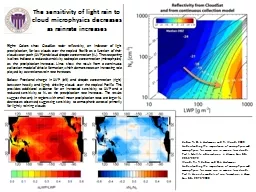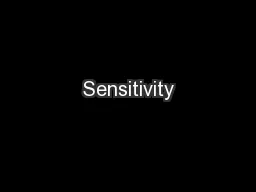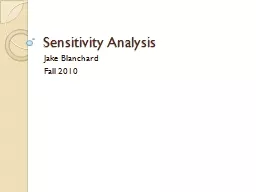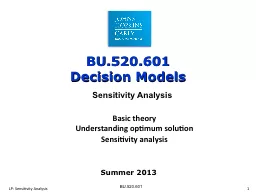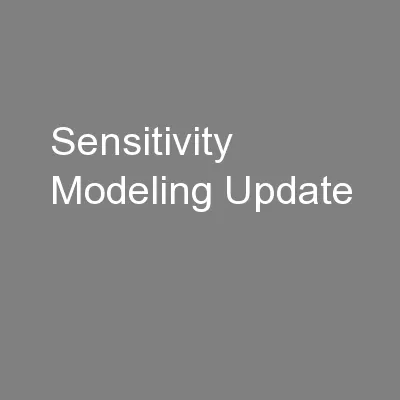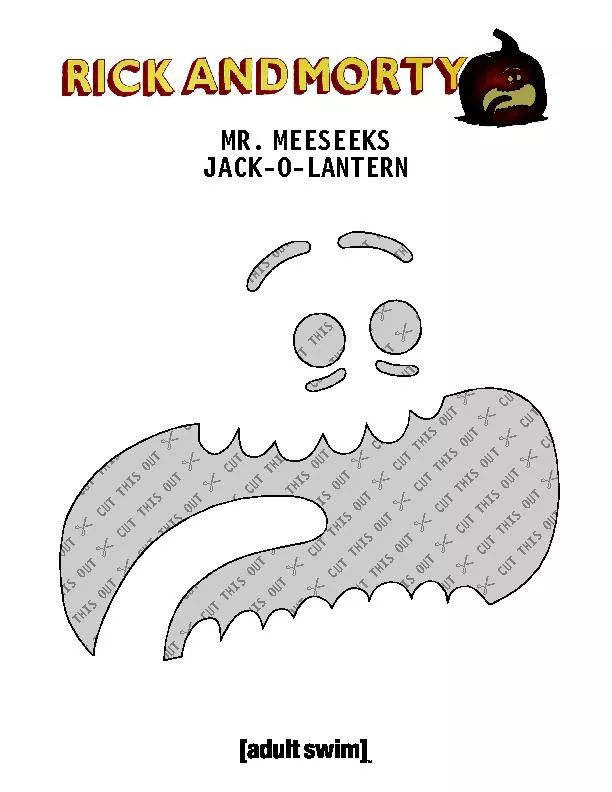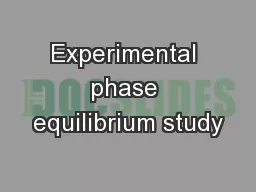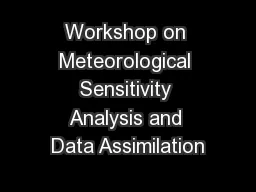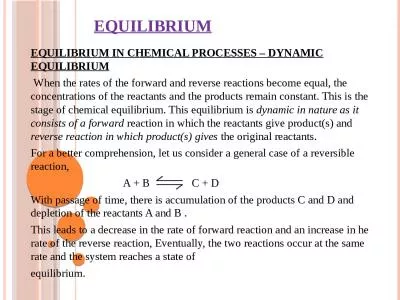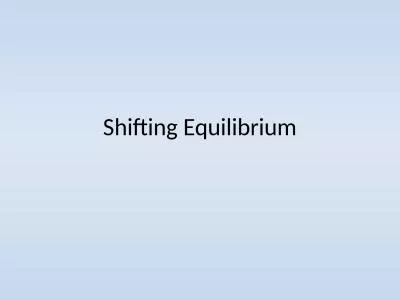PPT-Operating high sensitivity measurement apparata out of equilibrium
Author : laobeast | Published Date : 2020-07-01
Igor Neri with Miquel LopezSuarez and Luca Gammaitoni GRAvitational waves Scienceamptechnology Symposium GRASS 2019 1718 October 2019 Equilibrium vs Outofequilibrium
Presentation Embed Code
Download Presentation
Download Presentation The PPT/PDF document "Operating high sensitivity measurement a..." is the property of its rightful owner. Permission is granted to download and print the materials on this website for personal, non-commercial use only, and to display it on your personal computer provided you do not modify the materials and that you retain all copyright notices contained in the materials. By downloading content from our website, you accept the terms of this agreement.
Operating high sensitivity measurement apparata out of equilibrium: Transcript
Download Rules Of Document
"Operating high sensitivity measurement apparata out of equilibrium"The content belongs to its owner. You may download and print it for personal use, without modification, and keep all copyright notices. By downloading, you agree to these terms.
Related Documents

